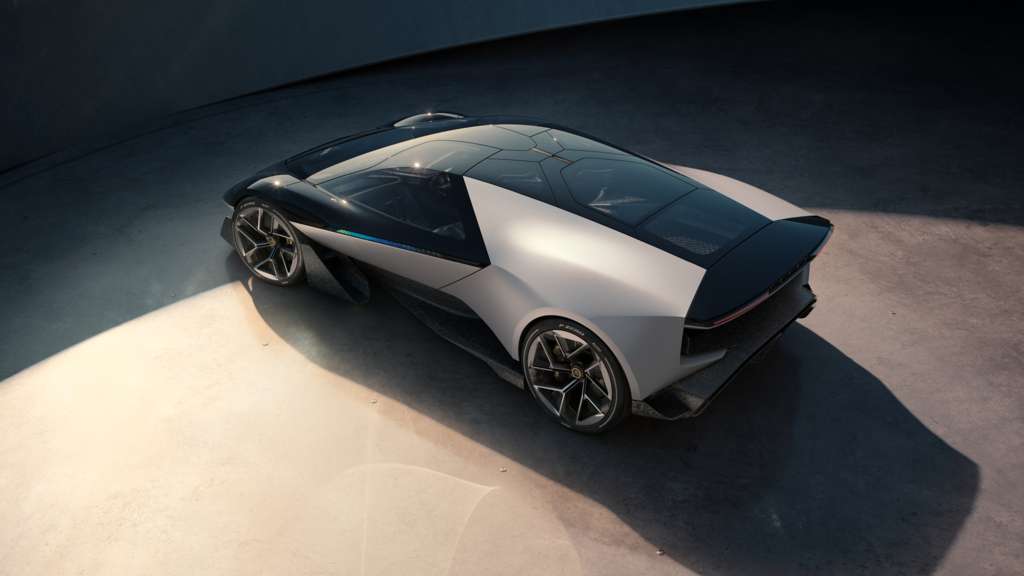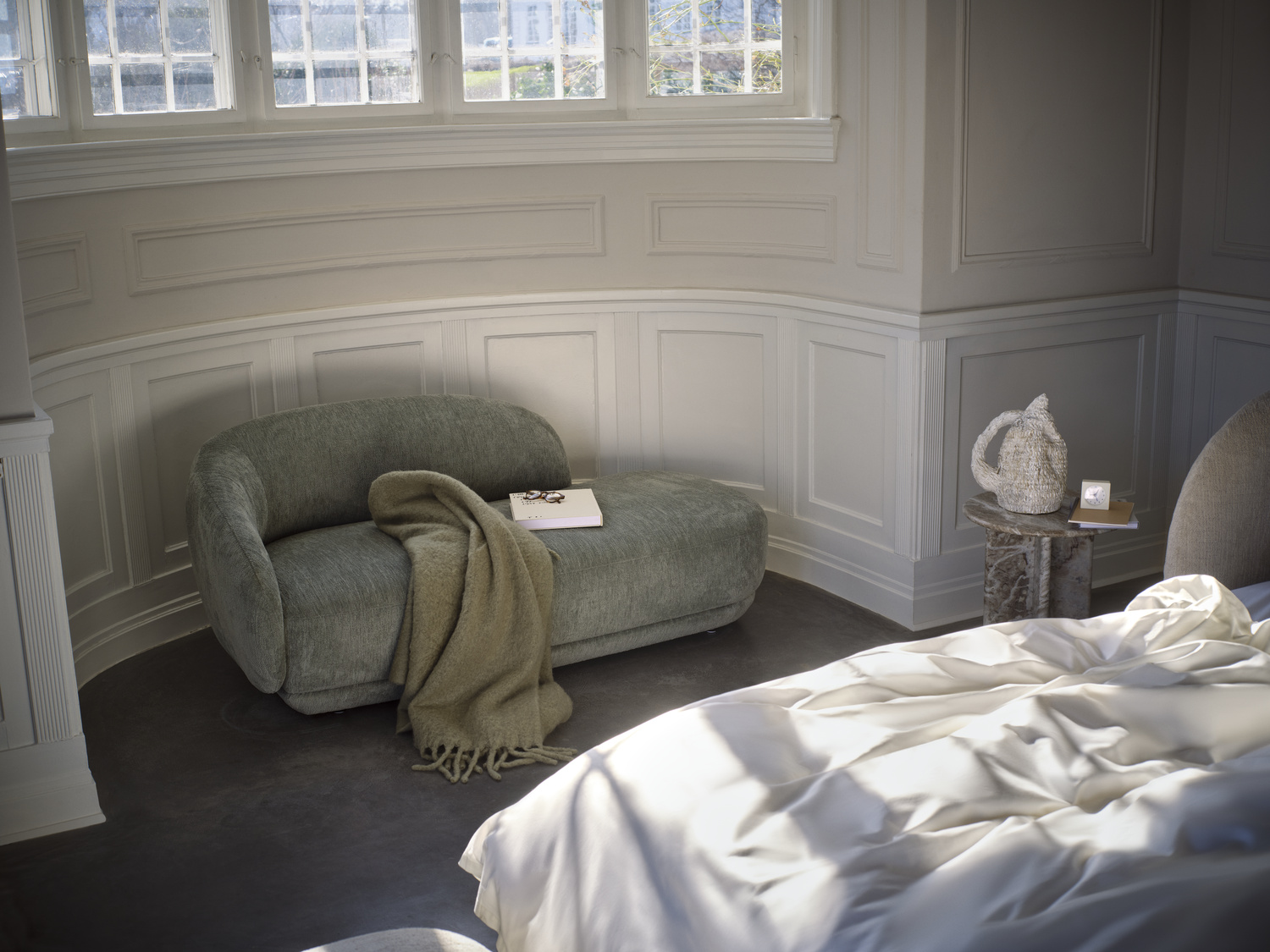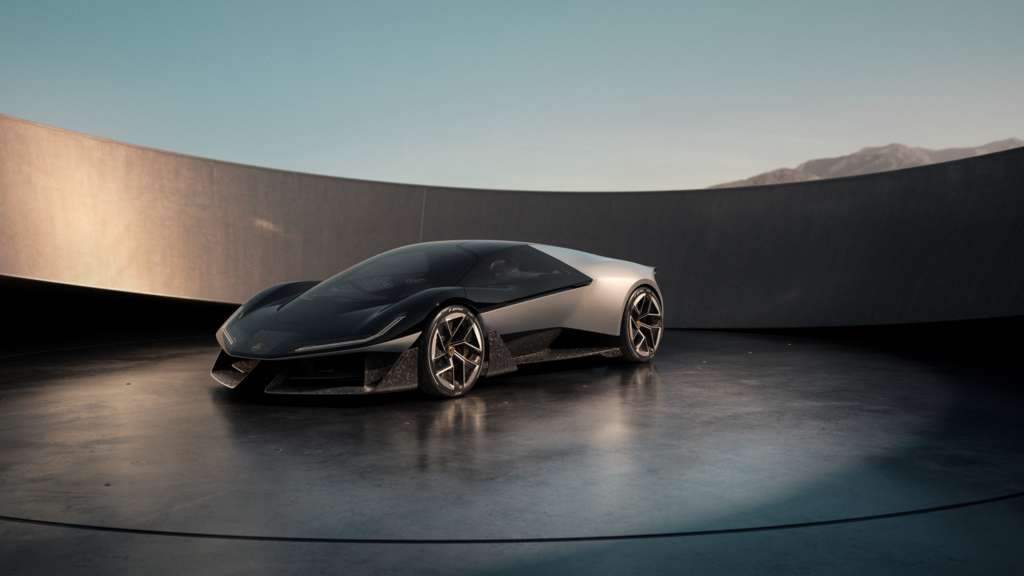Lotus has unveiled Theory 1, its first concept car that embodies the future of intelligent performance vehicles. As part of this, Lotus is launching The Lotus Theory, the company’s new design manifesto that will form the foundation for all future Lotus cars, encapsulated through three core principles – Digital, Natural, and Analogue (DNA):
- Digital, which represents the immersive, intelligent, and intuitive experience.
- Natural brings to life emotional, connected, human-centric design.
- Analogue is the brand’s continuous advancement in performance engineering.
By blending these core design principles with Lotus’ latest design innovations and cutting-edge technologies, Lotus is able to simplify and enhance how a car should feel and perform. Theory 1 harmoniously fits around the driver and can adapt based on their needs, delivering the ultimate driver experience.
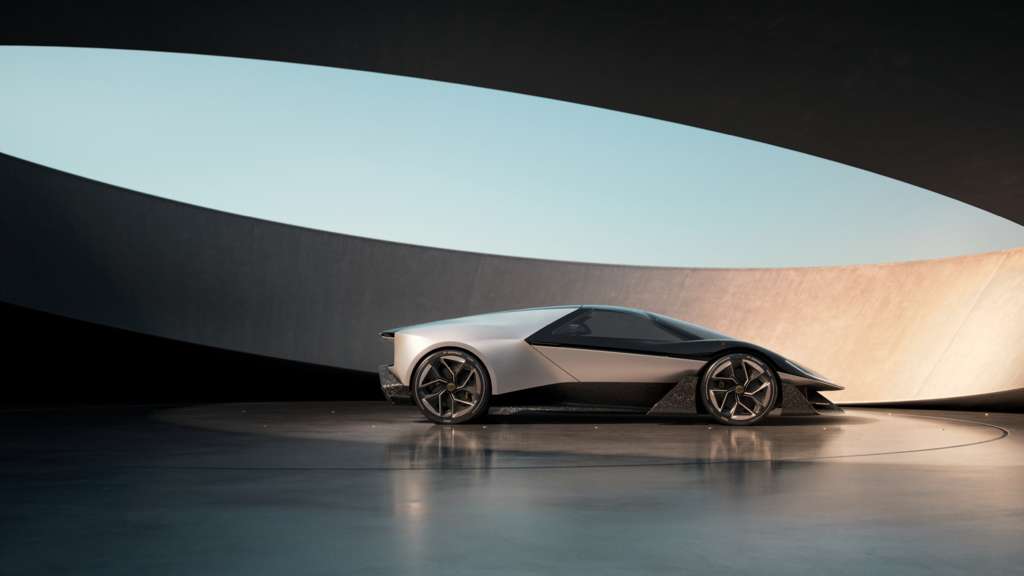
The ultimate immersive and intuitive driver system with LOTUSWEAR
Lotus has developed its own proprietary driver system called LOTUSWEAR™, an immersive system that aims to deliver a personalized experience to every occupant in the car, designed to evoke a sense of raw emotion and pure excitement – and further connect them to the road.
This features an adaptive soft and lightweight robotic textile material, seamlessly enabling the car to communicate with the driver and passengers and offer a more intuitive and comfortable in-car experience. It aims to do this through inflatable pods on the seating and steering wheel that will react in real-time to offer more support, grip, and subtle prompts via personalized haptic feedback. For instance:
- Pulses on the left and right sides of the wheel will indicate when the driver should make a turn
- There are five drive modes: Range, Tour, Sport, Individual, and Track. These modes deliver comfort and enhance the driver’s experience and dynamic ability while constantly adapting to the driver’s surrounding environment. This aims to optimize efficiency, performance, and comfort in any environment.
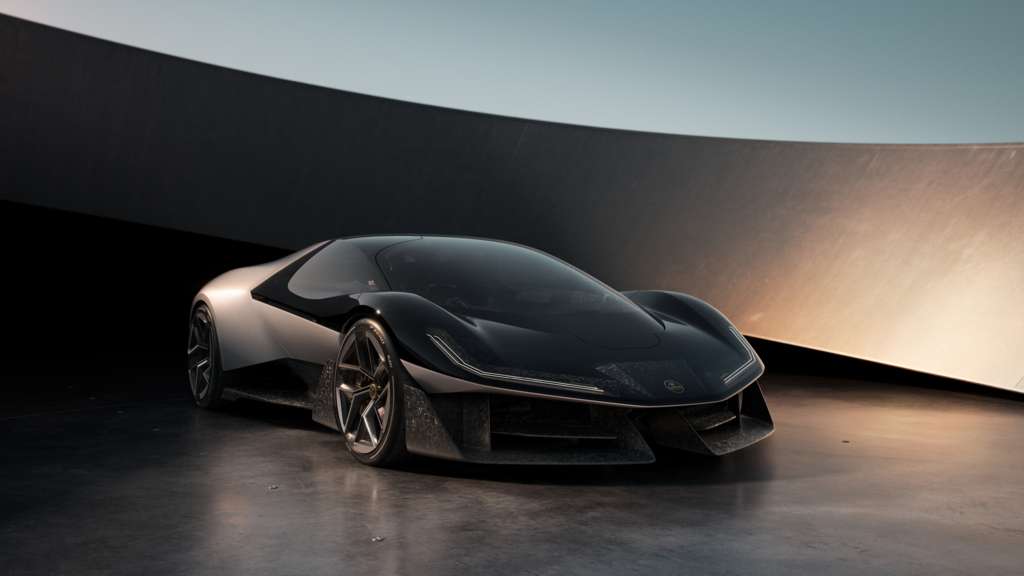
This component was created in collaboration with MotorSkins, a startup that specializes in textile-based wearable robotics for everyday use. Theory 1 demonstrates its first use in the automotive industry.
In addition, LOTUSWEAR™ features 3D-printed lattice-structure headrests made in partnership with global 3D printing technology company Carbon to offer all occupants in the car maximum comfort while reducing weight, improving material efficiency, and optimizing aerodynamics.
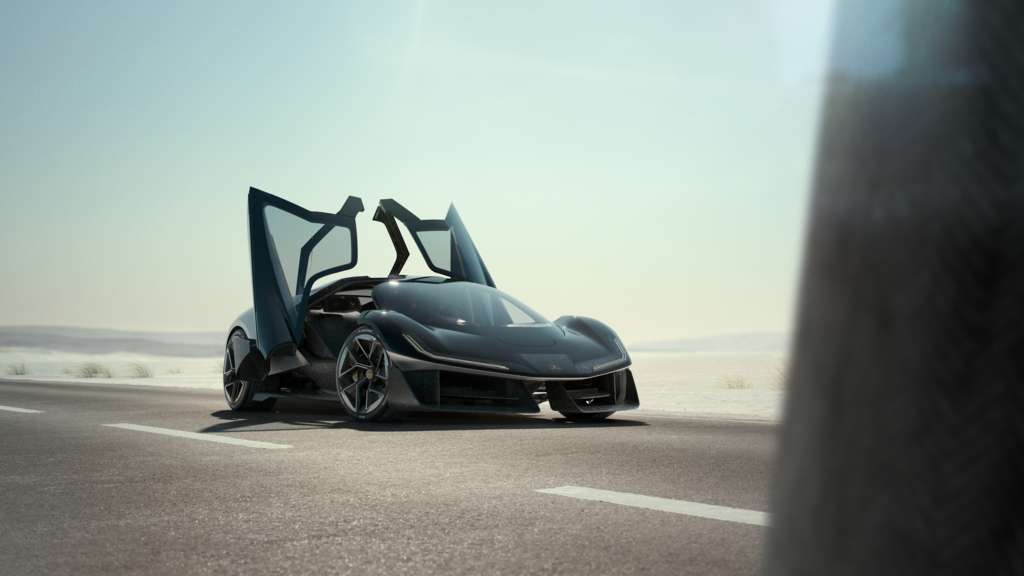
To ensure every occupant can enjoy a truly immersive and unique audio experience, part of the headrest is a binaural audio system, which has been designed in collaboration with KEF. It offers individual bespoke soundscapes for each of the occupants, which are further enhanced by the subwoofer speaker behind the driver seat. Occupants in the car can:
- Enhance ‘speed’ sounds to deliver a sense of thrill, exhilaration, and fun.
- Benefit from noise canceling abilities to improve concentration and enhance the listening experience.
- Level-up entertainment by providing an impeccable and immersive sound to further elevate the audio experience.
It uses binaural audio technology to do this, which enables channel separation of the sound arriving at each ear. This delivers a full-bodied audio experience that feels as if the occupant is sitting in the middle of a recording studio.
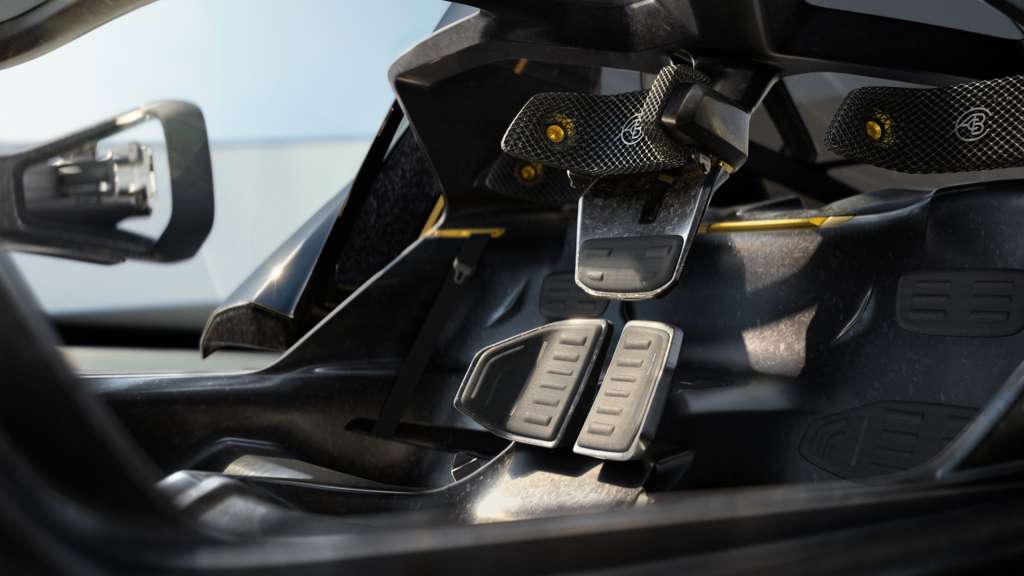
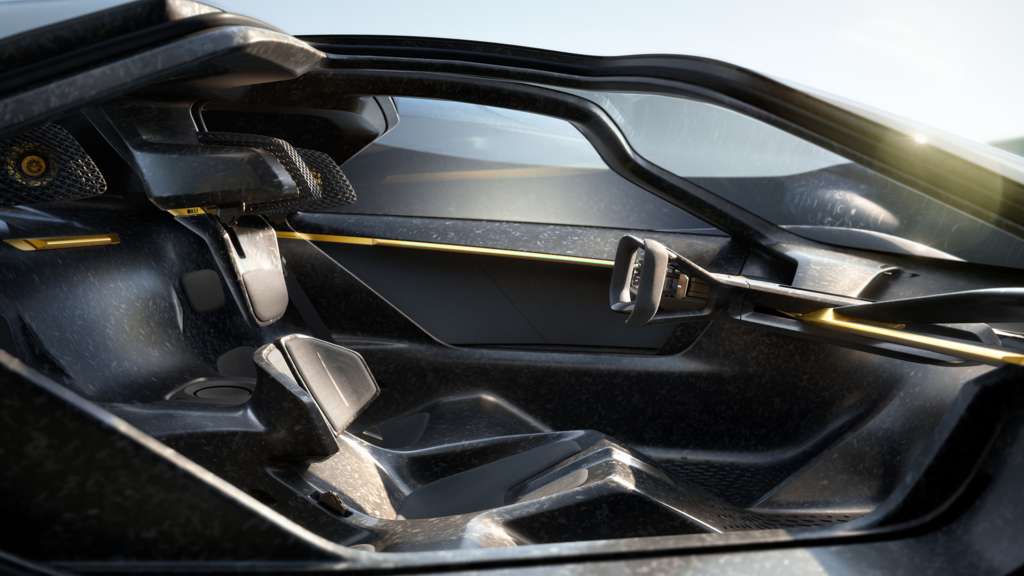
A holistic design approach with minimal materiality and true innovation
With current cars made of an average of 100 A-surface materials, as a concrete action to a more sustainable future and circular economy, Lotus started to build a car with as few materials as possible from scratch.
As a result, the ‘Challenge of 10’ was created, and Lotus intends to push the automotive industry forward, demonstrating the company’s north star for future material innovation.
Theory 1 has been designed with only ten main A-surface materials that are performance, durability, lightweight, recycled, and recyclable. These include cellulose-based glass fiber, recycled chopped carbon fiber, titanium, recycled glazing, recycled polyester, recycled rubber, elastomeric Polyurethane, transparent polycarbonate, thermoplastic polyurethane, and recycled aluminum.
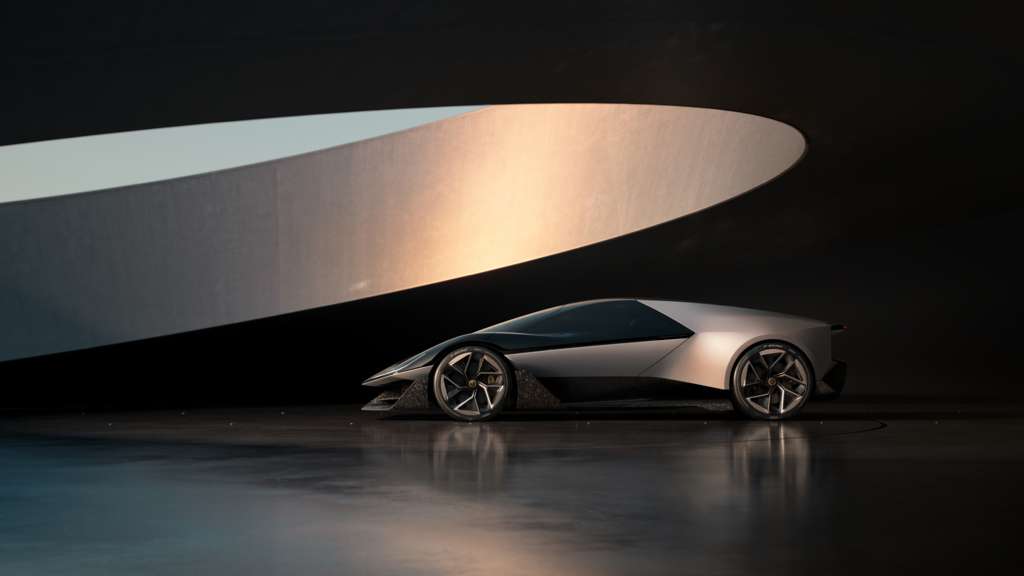
The Challenge of 10 demonstrates Lotus’ commitment to pure minimalism, which is a nod back to Lotus’ simplicity of construction and lightweight principles of the company’s heritage vehicles.
This philosophy is also demonstrated in the LOTUSWEAR™ driver system, which uses soft robotic fabrics in collaboration with MotorSkins and in 3D-printed lattice-structure headrests in partnership with Carbon.
In addition, Lotus has tapped global electronics manufacturer Kyocera SLD Laser, Inc., a Kyocera group company, to deliver industry-leading laser lights in both the interior and exterior. This will ensure a safe, powerful, and advanced lighting system while drastically reducing component size and weight. This includes ‘Next Generation’ laser wire DRL functions, which are less than a millimeter in diameter, and main and dipped-beam functions, which are delivered through lenses of 7x35mm.
